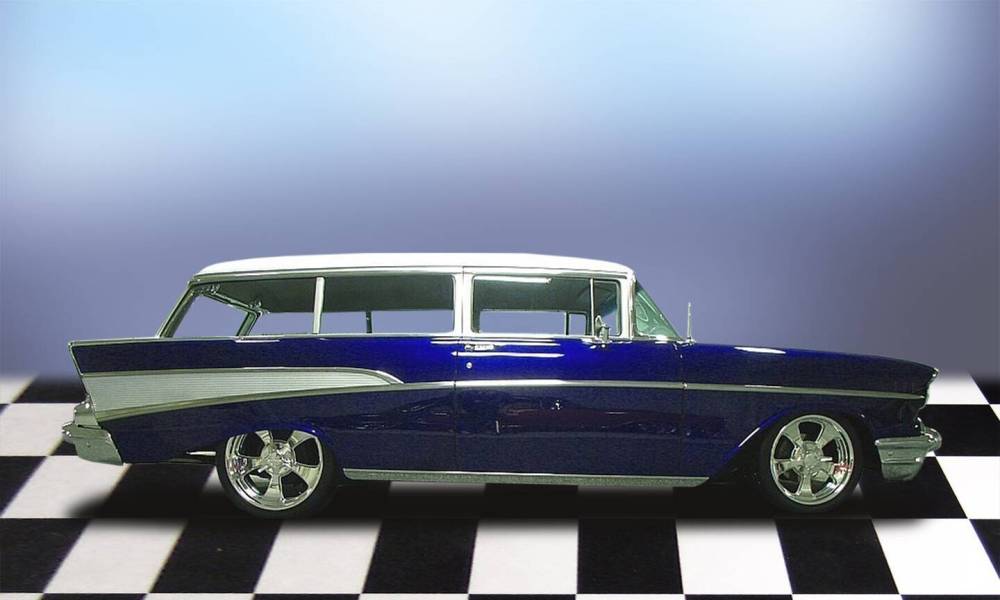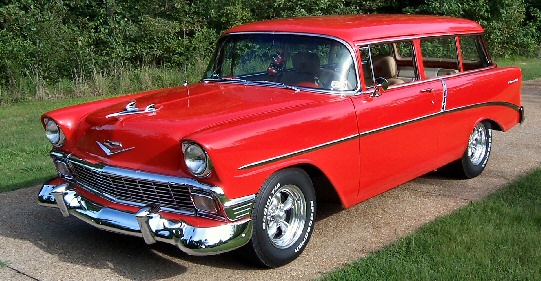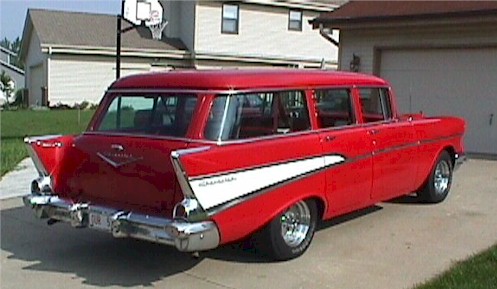Chevrolet / Chevrolet 210 Wagon

Worldwide Trends
GEO Interests
Videos / Chevrolet 210 Wagon
ANDREA'S FINDS....PRESTINE 1956 CHEVROLET 210 6 PASSENGER WAGON
1956 Chevy 210 Wagon @TemeculaRodRun Oct.2011
Got a 1955 Chevy 210 Two Door Wagon!
1956 Chevrolet 210 Handyman
Chevrolet 210 wagon- a classy and elegant car by chevrolet
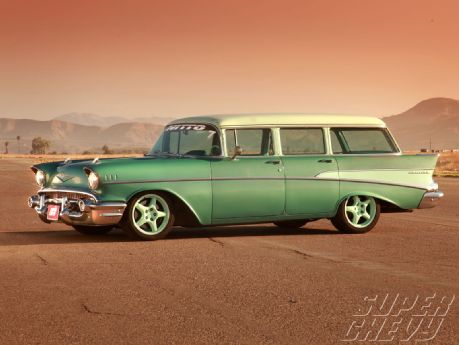 The Chevrolet 210 wagon was the midrange form of the Chevrolet car from 1953–1957. It took its title by limitation the output sequence number (2100) by one digit in order to capitalize on 50's numerical auto name trend. The numerical designation 210 was furthermore sporadically used in company literature. It restored the Style line deluxe model accessible in preceding years. This form was dropped following the 1957 form year to be restored by the Biscayne.
The Chevrolet 210 wagon was the midrange form of the Chevrolet car from 1953–1957. It took its title by limitation the output sequence number (2100) by one digit in order to capitalize on 50's numerical auto name trend. The numerical designation 210 was furthermore sporadically used in company literature. It restored the Style line deluxe model accessible in preceding years. This form was dropped following the 1957 form year to be restored by the Biscayne.
Some historical facts about the car
The Two-Ten sequence, presented for the 1953 form year, replaced the Style line deluxe sequence. It was really the best-selling Chevrolet model throughout 1953 and 54, proposing a balance of method and luxury appointments unavailable in the groundwork 150 sequence, but was less exorbitant than the glitzy Bel Air. Two-Tens suggested the broadest choice of body methods for 1953, encompassing a convertible, , two- and four-door sedans, games Coupe hardtop and four-door station wagons. Two-Ten forms do have apply, particularly the 1953 convertible (very rare), the Del Ray association Coupe with its upgraded vinyl interior, and the games Coupe hardtops of 1953 and 1955-57. Other forms are less precious, but again, can be bought for less money than Bel Airs, for Chevy collectors on a allowance. Unlike the One-Fifty sequence, Two-Tens do sport an equitable allowance of chrome trim and deluxe central appointments and thus makes them comfortable and attractive.
Some additional knowledge
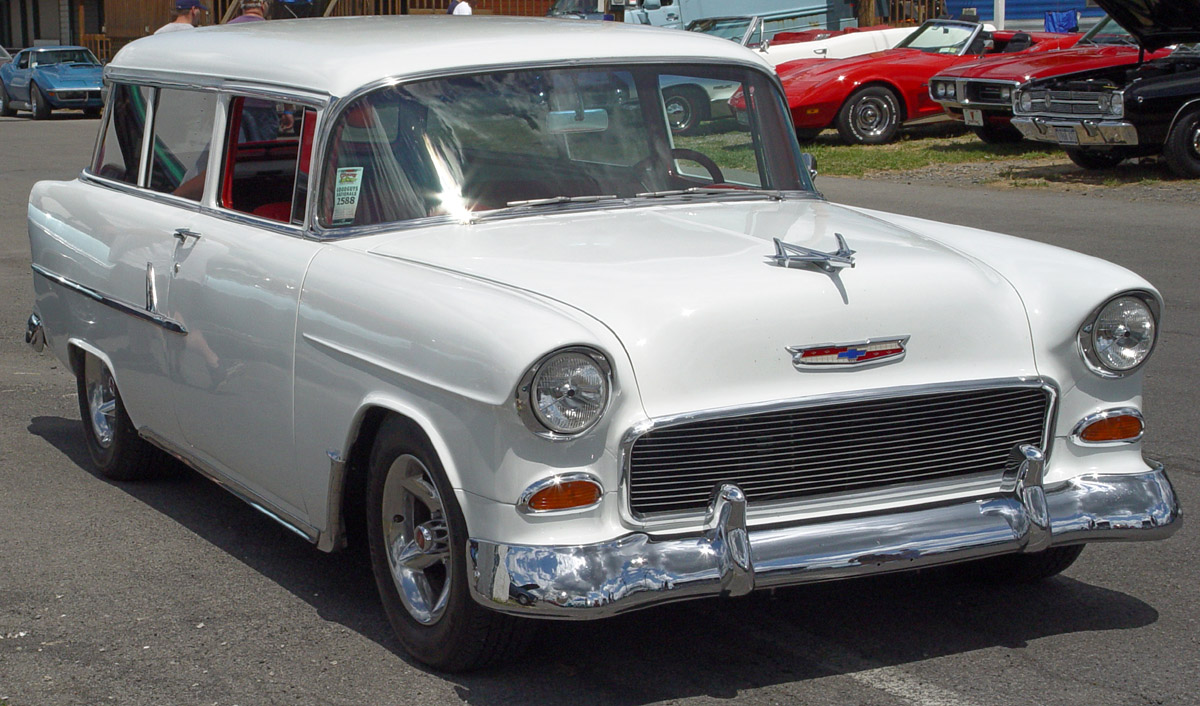 As the American public began to favor posh to economy, the lesser sequence was outsell by Bel Air, including both 150 and 210 models. As a partial response to this, Chevrolet re-introduced the Two-Ten games Coupe hardtop in the middle of the 1955 model year, and furthermore supplemented a four-door Two-Ten hardtop Sport Sedan for 1956. Neither accomplished the sales of their Bel Air equivalent, although, since they were only about $100.00 lower than the Bel Airs, which supplied more luxury and premium exterior trim. Different the 150 sequence, Two-Tens were always accessible with the identical luxury choices as the Bel Air, including power window lifts, the Power glide self-acting transmission and seat adjuster. The Two-Ten Townsmen were the peak position wagon form offered in 1953. The lower-priced Handyman station wagon, which was a four-door during the time of 1953-1954 changed to a two-door for 1955-57. A nine-passenger Beauville four-door wagon joined both the models in 1956-57.
As the American public began to favor posh to economy, the lesser sequence was outsell by Bel Air, including both 150 and 210 models. As a partial response to this, Chevrolet re-introduced the Two-Ten games Coupe hardtop in the middle of the 1955 model year, and furthermore supplemented a four-door Two-Ten hardtop Sport Sedan for 1956. Neither accomplished the sales of their Bel Air equivalent, although, since they were only about $100.00 lower than the Bel Airs, which supplied more luxury and premium exterior trim. Different the 150 sequence, Two-Tens were always accessible with the identical luxury choices as the Bel Air, including power window lifts, the Power glide self-acting transmission and seat adjuster. The Two-Ten Townsmen were the peak position wagon form offered in 1953. The lower-priced Handyman station wagon, which was a four-door during the time of 1953-1954 changed to a two-door for 1955-57. A nine-passenger Beauville four-door wagon joined both the models in 1956-57.
Some technical specifications
Two motors were used in each of the '53-'54 model years, the more powerful azure blaze unit utilized with the Power glide self-acting transmission. All Two-Tens had a 3 hasten Synchromesh manual transmission as standard, with two optional transmissions (see below). All engines are of the overhead valve (OHV) design. They are commonly mentioned to as Stovebolt Sixes because of the large slotted-head screws used to tighten the valve cover and pushrod wrappings to the imped. 1954 was the last year for 6 volt electrical systems in Chevrolet vehicles. The vehicle has 3-speed Synchromesh manual, 3-speed Synchromesh manual with overdrive unit, 2-speed Power glide automatic.






